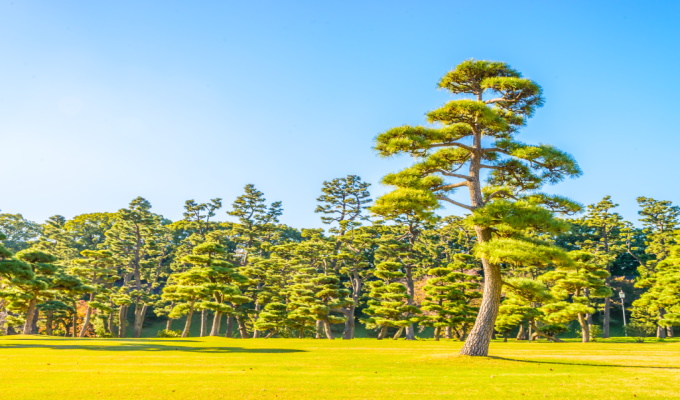For avid gardeners, maintaining attractive plants and trees in the home garden is a regular task. These days, the preference for bonsai trees for home and office spaces has surged significantly. You can spot a wide variety of bonsais such as rubber tree or banyan tree bonsai collected by people to enhance the beauty of their living room, balcony, and garden area.
Are you in search of bonsai trees for your home garden? Check out these top 5 varieties that are perfect for both indoor and outdoor environments within your house.
Japanese Red Maple
Acer Palmatum, also known as the Japanese Red Maple, is native to Japan and China. The leaves of this unique bonsai tree have five or more lobes that indistinctly replicate the human hand. The Japanese Red Maple has green colored branches which turn brown or gray as the plant grows in age. You can pick different Acer Palmatum which includes the lace-leaf and thread-leaf bonsais, both available in red and green varieties.
These offer an interesting focal point, and are the perfect plants to set off a large container or grow in a beautiful bonsai specimen. You can find several hundreds of Japanese maple varieties and that too in an assortment of sizes, shapes, and colors.
The care of these plants is something that you need to be careful about. You need to water them while planting, and then regularly every day after that. Of course, they hold the ability to endure periodic dry spells, but it is best to avoid moisture extremes and water them regularly.
Carmona Bonsai Plant

Carona Bonsai or Fukien Tea is a popular indoor bonsai that can also stay open when the climate is relatively warm. This bonsai variety requires excessive light and should always be positioned near the windowpane to receive a fair amount of sunlight. The growth of Fukien Tea is well-maintained at a temperature close to 20 degrees C (68F). During the summer season, you can keep the Carmona outside throughout the day and even at night.
Rubber Tree Bonsai
The rubber tree, also called Ficus elastica, is regarded as a gorgeous indoor plant famous for its thick, shiny leaves. Typically, rubber plants can survive indoors and outdoors, considering the gardener fulfills all the necessary growing conditions. Rubber plants are comparatively hardy, and the mature plants can easily sustain during cold winters without any additional protection. Pruning of indoor rubber plants is a must, or else they might appear out of shape. Make sure you keep a check on rubber trees that are planted outside. Their continued growth can create a mess in your driveway if not timely pruned.
Banyan Bonsai Tree
The demand for Banyan tree bonsai is growing among gardening enthusiasts. People call it a magnificent plant that acquires a curved structure, thereby adding to its majestic appearance. The Banyan Fig or Ficus benghalensis is an eye-catching banyan tree that is now cultivated as a bonsai. This dwarf tree is usually managed as a houseplant that is now famous among modern households. Furthermore, the banyan fig develops air roots that are quite fascinating and one of the most exciting aspects of this beautiful bonsai tree for sale. Banyan tree bonsai is tolerant and can grow in low light and dry air conditions. However, they are typically found indoors and can exhibit quick growth when kept under sufficient light and moisture.
Bougainvillea Bonsai
It is one of the topmost decorative flowering plants mainly found in Peru, Brazil, and Argentina. The Bougainvillea Bonsai can be described by its woody vines that can climb over trees and rocks. This variety of bonsai is suitable for a warm climate, which permits it to thrive throughout the year. Bougainvillea Bonsai can acquire a maximum height of 12 meters and develop spiky horns to mount over nearby plants. The above-mentioned bonsais top the list of trendy houseplants. You can visit a nearby nursery or get in touch with expert gardeners to buy these attractive bonsais. Ensure enough knowledge about their growth and maintenance, which will directly help in their sustenance. Furthermore, categorize indoor and outdoor bonsais correctly to plan the amount of sunlight they should receive during the day.



